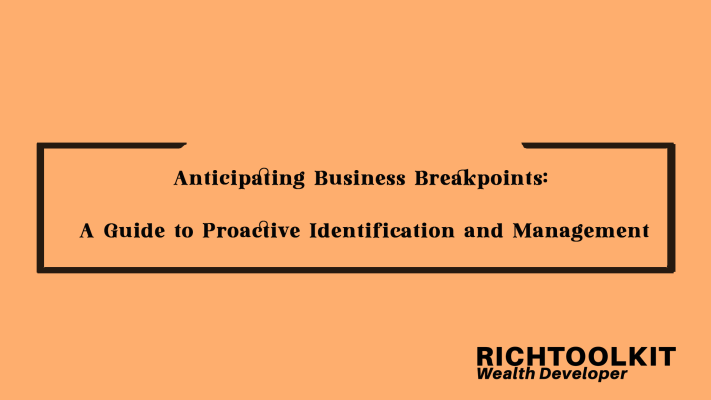Team Building, Business Consultant, Business growth, financial independence, Growth strategist, Income strategist, Mentor, Strategic planning
Team Building/how to Build high- performance team?

Author: Mohammad.Shams I Reading time: 3 minutes
Building a high-performance team is a multifaceted process that involves fostering a positive work environment, developing effective communication, and aligning team members toward common goals.
Here are key strategies for team building to create a high-performance team:
### 1. **Establish a Clear Vision and Goals:**
– **Define Purpose and Objectives:**
Clearly articulate the team’s purpose, mission, and specific goals. Ensure that team members understand the overall vision and how their individual contributions contribute to it.
– **SMART Goals:**
Set SMART (Specific, Measurable, Achievable, Relevant, Time-bound) goals to provide a clear framework for performance expectations.
### 2. **Cultivate a Positive Team Culture:**
– **Open Communication:**
Foster a culture of open and transparent communication. Encourage team members to share ideas, feedback, and concerns freely.
– **Collaboration and Inclusivity:**
Promote collaboration and inclusivity within the team. Value diverse perspectives and create an environment where every team member feels heard and respected.
– **Recognition and Appreciation:**
Acknowledge and appreciate individual and team achievements. Regularly recognize and celebrate milestones to boost morale.
### 3. **Build Trust:**
– **Consistency and Reliability:**
Demonstrate consistency and reliability in your actions. Trust is built over time through reliability, honesty, and integrity.
– **Effective Conflict Resolution:**
Develop effective conflict resolution strategies. Address conflicts promptly and encourage open discussions to resolve issues constructively.
– **Empowerment:**
Empower team members by giving them autonomy and responsibility. Trusting individuals to make decisions fosters a sense of ownership and accountability.
### 4. **Promote Team Development:**
– **Training and Skill Development:**
Invest in training and skill development programs to enhance the capabilities of team members. Provide opportunities for continuous learning.
– **Cross-Functional Collaboration:**
Encourage cross-functional collaboration. Opportunities for team members to work across different functions can broaden their skills and perspectives.
### 5. **Effective Leadership:**
– **Lead by Example:**
Leaders should set the tone by modeling the behavior they expect from team members. Demonstrate a strong work ethic, commitment to goals, and a positive attitude.
– **Clear Communication:**
Communicate clearly and consistently. Ensure that team members understand the team’s objectives, expectations, and any changes in direction.
– **Support and Development:**
Provide support and mentorship for team members’ professional development. Identify and nurture leadership potential within the team.
### 6. **Encourage Innovation and Creativity:**
– **Risk-Taking:**
Foster a culture that encourages calculated risk-taking. Provide a safe environment where team members feel comfortable proposing and testing innovative ideas.
– **Continuous Improvement:**
Emphasize a commitment to continuous improvement. Encourage feedback and regularly review processes to identify opportunities for optimization.
### 7. **Effective Team Structure:**
– **Clear Roles and Responsibilities:**
Define clear roles and responsibilities for each team member. Ensure that everyone understands their contribution to the team’s success.
– **Balanced Skill Sets:**
Assemble a team with diverse skill sets and complementary strengths. A well-balanced team is more likely to tackle challenges effectively.
### 8. **Use Technology and Tools:**
– **Collaboration Tools:**
Utilize collaboration tools and technology to facilitate communication and project management. Ensure that team members have access to the necessary resources.
– **Feedback Mechanisms:**
Implement feedback mechanisms, such as regular performance evaluations and surveys, to gather insights into team dynamics and areas for improvement.
Building a high-performance team is an ongoing process that requires dedication, adaptability, and a commitment to continuous improvement. Regularly assess team dynamics, address challenges proactively, and celebrate successes to foster a positive and productive work environment.
Recommended for further reading:





